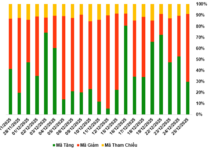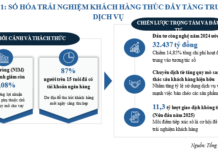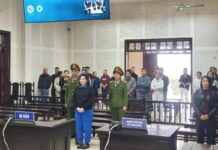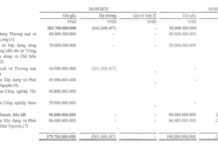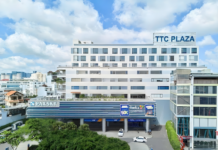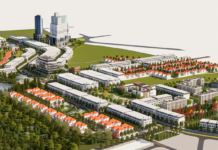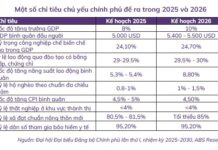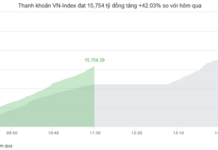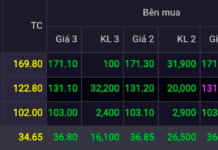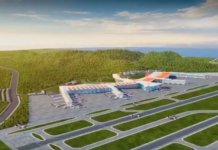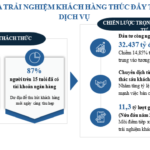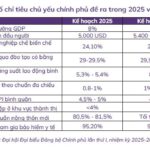
Hue, a city steeped in history and cultural significance, is poised to undergo a momentous transformation.
On November 21st, the National Assembly discussed in the hall the proposal to establish Hue as a centrally-controlled city. This marks a pivotal moment in recognizing Hue’s rich heritage and its potential for future development.
Minister of Home Affairs, Pham Thi Thanh Tra, provided clarification and emphasized the historical significance of this decision. She highlighted that Hue would be the first cultural heritage city in Vietnam and is poised to become a UNESCO World Heritage site.
“The delegates expressed their strong agreement and enthusiasm for the establishment of Hue as a centrally-controlled city,” said the Minister. “We sense the joy, excitement, and pride in our country’s progress and the future of Vietnam’s first cultural heritage city.”

Hue is envisioned as Vietnam’s first cultural heritage city.
According to Minister Tra, the proposal to establish Hue as a centrally-controlled city is aligned with the goal of integrating and streamlining administrative units at the district and communal levels. This includes reorganizing four district-level units and 21 communal-level units.
The city of Hue will be divided into two new districts: Phu Xuan and Thuan Hoa. Phong Dien will become a town, and Nam Dong district will be merged with Phu Loc. Additionally, 11 wards, one town, and one commune will be established through the reorganization of 21 communal-level units (two wards, one town, and 18 communes).
Following these changes, the centrally-controlled city of Hue will encompass an area of 4,947.11 square kilometers and a population of 1,236,393 people. It will comprise nine administrative units at the district level, including two districts, three towns, and four districts (maintaining the number of district-level units but reducing the number of cities by one and increasing the number of districts by two, with an additional town).
There will be 133 administrative units at the communal level, consisting of 78 communes, 48 wards, and seven towns (an overall reduction of eight communal-level units, including a decrease of 17 communes and an increase of nine wards).
The Name “Hue” Embodies Historical and Cultural Significance
Regarding the proposed name, Minister Tra emphasized that “Hue” encapsulates the city’s historical and cultural essence. The name is carefully chosen to reflect the layers of cultural significance and the city’s status as a former imperial capital.
Moreover, the name in the draft resolution has received near-unanimous support from the public. The Minister explained, “The current name of Hue city will be divided into two new districts: Phu Xuan and Thuan Hoa. With this change, the name of the existing Hue city will no longer be used.”

Hue, currently part of Thua Thien-Hue province, will be divided into two districts when the entire province becomes a centrally-controlled city.
Minister Tra underscored the importance of not only focusing on the establishment of Hue as a centrally-controlled city but also ensuring synchronization and alignment with the country’s overall political objectives.
She expressed agreement with the suggestions for special and superior mechanisms and policies to facilitate Hue’s rapid and sustainable development.
Notably, during this session, the Government also presented to the National Assembly two reports on the 3-year implementation of the National Assembly’s Resolution on piloting certain specific mechanisms and policies for the development of Thua Thien-Hue province.
In the immediate future, Minister Tra affirmed the continuation of this resolution, and the Government will direct ministries, sectors, and localities to evaluate the 5-year implementation of the Resolution on building and developing Thua Thien-Hue province towards 2030, with a vision towards 2045.
Following the 5-year evaluation, the Politburo will provide new conclusions, and relevant agencies will advise the National Assembly to issue a new resolution with more comprehensive, superior, and robust mechanisms and policies to preserve and promote the values of cultural heritage.
According to Plan No. 40/KH-UBND of the Thua Thien-Hue People’s Committee, accompanied by a summary of the “Proposal for a Centrally-Controlled City and the Arrangement and Establishment of District-Level and Commune-Level Administrative Units based on the Administrative Boundaries of Thua Thien-Hue Province,” the centrally-controlled city of Hue will have an area of 4,947.10 square kilometers and a projected population of 1,380,000 people.
Hue will comprise nine administrative units:
Phu Xuan District (north of the Huong River), Thuan Hoa District (south of the Huong River), and the towns of Huong Tra, Huong Thuy, and Phong Dien. It will also include the districts of Phu Loc, Phu Vang, Quang Dien, and A Luoi.
What Challenges Lie Ahead for the 2025 Growth Target?
The National Assembly has recently approved an ambitious GDP growth target of 6.5-7% for 2025, striving for an even higher 7-7.5%. With the global economy still fraught with uncertainties, what makes Vietnam confident in aiming for such robust growth? And what potential challenges lie ahead in achieving this lofty goal?



